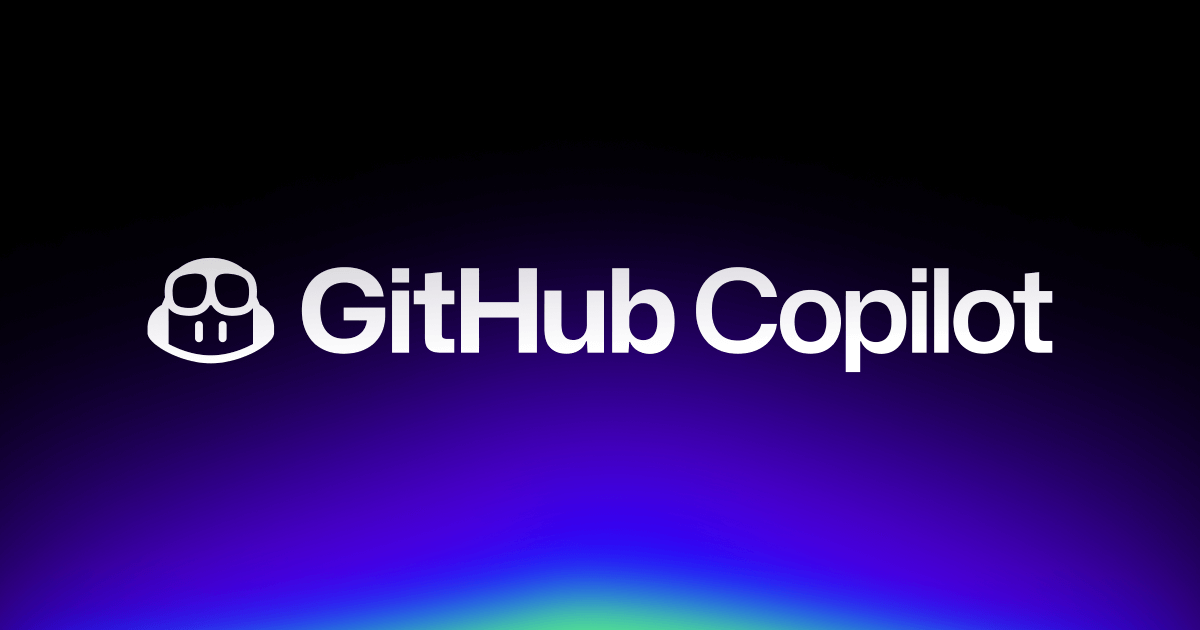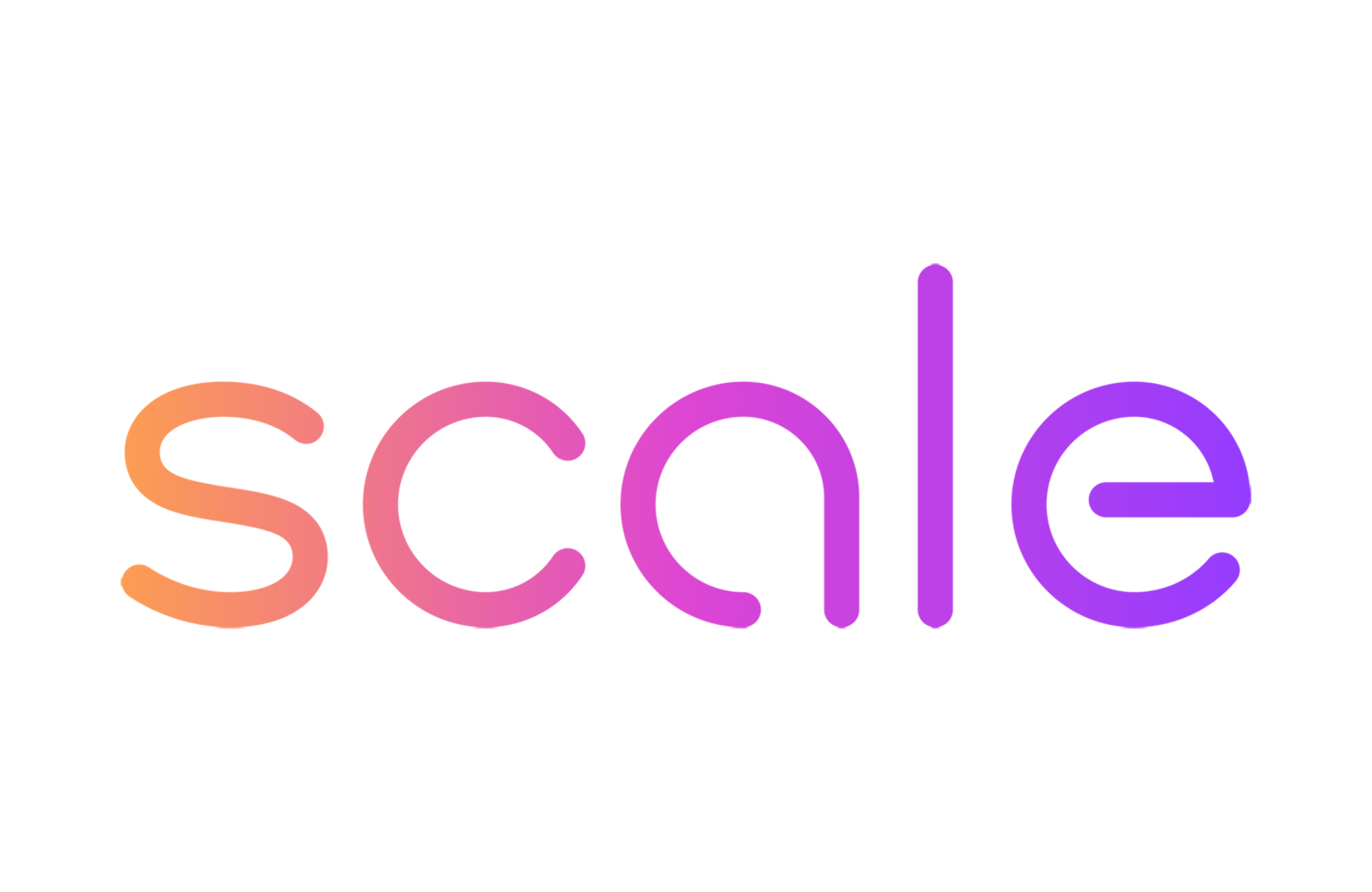What Is an AI Development Tool?
An AI Development Tool is a software application or platform that helps people create, test, and deploy artificial intelligence (AI) and machine learning (ML) models and applications. Coding is one subset of AI tools that is gaining significant traction, but AI tools can be much more, including:
- Used to write and manage code generation (AI Writing assistant).
- Prepare and process data for analysis.
- Build or train AI models.
- Test and evaluate trained models.
- Automate tasks to aid project management.
AI Dev Tools cover the broad scope of the development lifecycle, and there are tools suitable for every type of developer. There are even no-code platform options emerging, making AI more accessible to a wider range of users.
Should I Use Paid or Free AI Tools?
With so many AI tools out there, listing them all would be impossible. Many are free or open source, but the majority of the leading AI tools feature stripped-down free versions (free tier or free plan) but rely on a paid premium model for growth.
Paying for AI tools is becoming increasingly more common simply because of the huge costs involved in developing and marketing AI applications. However, even a free tier can provide significant access to core functionalities, allowing users to test before committing.
Top AI Development Tools
Here’s our deep dive into some of the standout tools shaping the AI landscape in 2025. These tools represent a new wave of AI assistance designed to enhance productivity and unlock new creative and analytical potential.
#1: Cursor
About Cursor:
Cursor is an AI-first code editor, built around integrating AI into the development workflow. It’s not just VS Code with an AI plugin; it’s a completely redesigned IDE where the AI assistant is built-in.
Cursor allows developers to chat with their codebase, generate code from prompts, debug, and refactor complex sections using an AI agent. Cursor’s goal is to act as an intelligent partner that understands the entire context of your project, from individual files to the overall architecture.
Advantages:
- Codebase Understanding: Can reference your entire project to provide context-aware AI assistance, unlike tools that only see the flat files.
- Intuitive AI Chat: Allows for natural language commands to edit, generate, and debug code, making it feel like pair programming with an advanced AI agent.
- Error Resolution: Can often automatically identify and suggest fixes for bugs, speeding up the debugging process.
- Refactoring: Simplifies large-scale code changes by understanding intent.
- Migration: Helps in migrating codebases or adopting new technologies. For example, migrating a Python script to TypeScript.
Disadvantages:
- Learning Curve: While intuitive, leveraging its full power requires adjusting your workflow and thinking about coding problems differently.
- Resource Intensive: Cursor is resource-intensive.
- Dependency on AI Models: The quality of suggestions is tied to the underlying LLMs (e.g., GPT-4, Claude), and occasional manual adjustments are still necessary.
Target Audience:
- Software Developers: Suitable for anyone who writes code.
- Complex Projects: Cursor can scope an entire project (or repo), making it ideal for intricate codebases.
- Tight Deadlines: Those looking to fast-track productivity and save time.
- Early Adopters: Developers are grateful for the help that Cursor brings to the table in their day jobs.
#2: GitHub Copilot
About GitHub Copilot:
Developed by GitHub and OpenAI, Copilot is a well-known AI tool. Launched initially in 2021, it integrates directly into popular IDEs like Visual Studio Code, Neovim, and JetBrains IDEs.
Copilot uses the OpenAI Codex to suggest code and entire functions in real-time, right in your editor. It provides code suggestions and tab completions as you type, acting like an autocomplete that understands syntax and semantics.
Advantages:
- Seamless IDE Integration: Works within the environments that many developers already use.
- Speed & Efficiency: Significantly speeds up writing boilerplate and repetitive code.
- Broad Language Support: Supports the vast majority of programming languages and frameworks.
- Learning Tool: Can help developers discover new ways to write code or use unfamiliar libraries.
- Contextual: Analyzes open files to provide more relevant content and code snippets.
Disadvantages:
- Quality Varies: While often helpful, suggestions can sometimes be suboptimal, insecure, or subtly incorrect, requiring careful review.
- “Black Box” Nature: Developers might not always understand why a certain suggestion is made.
- Potential for Over-Reliance: Newer developers might become too dependent, potentially slowing down their fundamental learning curve.
- Privacy Concerns: Though policies exist, the idea of code being sent for analysis raises concerns for some projects or companies.
- May not fully grasp the “bigger picture” or intricate business logic for very specific tasks without detailed prompting.
Target Audience:
- Individual Developers: Programmers working on personal or professional projects.
- Open-Source Contributors: Those contributing to projects on GitHub or other platforms.
- Development Teams of All Sizes: From small startups to large corporations using supported IDEs.
- Boilerplate-Weary Programmers: Anyone looking to accelerate common coding tasks and reduce time on repetitive code.
- Prototypers: Users aiming to quickly build initial versions of web applications or test new AI features.
#3: RunwayML
About RunwayML:
RunwayML, founded in 2018, has positioned itself as a leading no-code platform for artists, designers, and creators looking to use AI without writing code.
Runway provides a suite of “AI Magic Tools” that cover a wide array of creative tasks, from video generation (text-to-video, video-to-video) and image generators (allowing users to generate images from text prompts) to 3D texture creation and music generation.
Runway provides a web-based interface to complex AI models, enabling users to experiment and create images and high-quality visuals with ease, often using pre-built templates or styles to get started. It’s a great tool for content creation!
Advantages:
- User-Friendly Interface: Designed for creatives, not just AI experts.
- Wide Range of Creative Tools: A comprehensive suite for video, image, and audio file manipulation and generation.
- No-Code/Low-Code: You don’t need to be a programmer to get started.
- Rapid Prototyping: Excellent for quickly visualizing content ideas and generating high-quality content for social media posts. Social media management assets can be scheduled through platforms like Vista Social.
- Community and Learning: Offers tutorials and a community for users to learn and create shareable clips.
Disadvantages:
- Output Control: Achieving specific results sometimes requires many attempts, and it can still fall short of specific artistic visions.
- Computational Costs: Generating high-resolution videos consumes credits quickly.
- “AI Look”: Generated content can have a ‘recognizable’ AI aesthetic.
Target Audience:
- Artists & Designers: Creatives looking for new mediums and tools for expression.
- Filmmakers & Video Editors: Professionals and hobbyists needing video generation and editing tools.
- Content Creators: Those focused on generating engaging content for various platforms.
- Marketers: Those needing high-quality visuals and social media posts to promote products or services.
- Small Businesses: Companies aiming to produce professional-looking creative assets and social media content without a large dedicated team or significant AI software investment.
- Hobbyists & Experimenters: Anyone curious about creative AI and looking for a no-code platform to explore image generation, like DALL-E outputs, but with broader creative tools.
#4: Perplexity AI
About Perplexity AI:
Founded in 2022, Perplexity AI aims to be an “answer engine” rather than just a traditional search engine. It provides direct answers to user queries by synthesizing information from various web sources and citing them, offering a conversational approach to information retrieval.
Its purpose is to provide accurate, well-sourced answers, making it a powerful tool for research, learning, and knowledge management. It excels at understanding context and can summarize data effectively.
Advantages:
- Direct Answers with Citations: Saves time by providing summarized answers and linking directly to sources, ensuring transparency.
- Conversational Interface: Allows for follow-up questions and a more natural interaction, making the search process more intuitive.
- Reduced Information Overload: Helps cut through the noise of endless search results by delivering concise, relevant content.
- Focus Modes: Offers different modes (e.g., Academic, Writing) to tailor search results and AI assistance.
- Good for Research: Excellent for finding and synthesizing information for reports, articles, or learning new topics.
Disadvantages:
- Inaccuracies/Hallucinations: Like all LLM-based tools, it can sometimes misunderstand queries or synthesize information incorrectly, despite citations.
- Depth of Information: While great for summaries, a deep dive into highly specialized topics might still require consulting sources directly.
- Bias in Sources: The AI’s output can be influenced by biases present in its training data and the web sources it consults.
- New to Market: Still building its user base is up against search engine giants like Google.
Target Audience:
- Students & Academics: For research, learning, and quickly understanding complex topics.
- Researchers: Professionals needing to find, synthesize, and cite information efficiently.
- Writers & Journalists: For gathering background information, fact-checking, and generating content ideas.
- Professionals Seeking Quick Answers: Anyone in a business setting needing accurate information without sifting through traditional search engines.
- Avoid Information Overload: Those looking for a tool to provide relevant content and summarize data effectively.
#5: Scale AI
About Scale AI:
Founded in 2016, Scale AI has become a critical player in AI development by focusing on the challenging task of providing high-quality training data. They recognized early that even the best AI models are useless without vast amounts of accurately labeled data.
Scale AI provides data annotation, curation, and validation services, essentially creating the “fuel” for machine learning models. Scale was created to deliver reliable data infrastructure and human-powered data labeling at scale, enabling companies to build and deploy AI software and AI-powered features backed by accurate data.
Advantages:
- High-Quality Data Annotation: Known for providing accurate and consistent data labeling across various data types (images, text, audio, Lidar).
- Scalability: Can handle massive datasets required for large-scale AI projects.
- Tooling and Platform: Offers a sophisticated, unified platform for managing data annotation projects and workforces.
- Focus on RLHF and Safety: Increasingly involved in Reinforcement Learning from Human Feedback (RLHF) and model safety, critical for advanced LLMs and AI agents.
- Helps ensure high-quality output from AI models by improving the data they are trained on.
Disadvantages:
- Cost: High-quality, large-scale data annotation can be expensive, potentially a barrier for smaller startups or individual researchers.
- Complexity: Managing large data projects, even with Scale AI’s platform, is complex.
- Human Element: Relies on a distributed workforce for annotation, which, while managed for quality, can introduce variability or require clear instructions.
- Vendor Lock-in: Deep integration with their platform could make switching to other tools or in-house solutions more challenging.
Target Audience:
- Enterprises Developing AI: Large companies that require accurate data sources.
- Well-Funded AI Startups: New ventures focused on AI, especially in computer vision, NLP, and autonomous systems.
- Machine Learning Engineers & Data Scientists: Teams that need large volumes of meticulously labeled data for training and validation.
- Companies prioritizing AI model safety and high-quality output.
AI in 2025: Revolutionizing Software Development and Content Creation
In 2025, AI innovation is reshaping industries. Intelligent code editors like Cursor, GitHub Copilot, creative suites such as RunwayML, information synthesizers like Perplexity AI, and data quality platforms (Scale AI) are already heavily relied on by companies across the United States.
AI-powered tools are essential for productivity, streamlining workflows and automating tasks from data analysis to content creation for all types of businesses.
However, challenges like learning curves, ensuring brand consistency, and even ethical considerations are important. Critical human thinking remains essential to responsibly improve AI.
Despite these hurdles, AI tools are making important steps forward and growing in popularity. Despite everything that AI can do, remember it’s not 100% foolproof, so the human touch is still incredibly important to create accurate and well-thought-out software.
AI certainly has a very bright future for creation and development. Remember, if you need to build and scale your innovative AI applications, Atlantic.Net has a powerful and reliable GPU hosting service available, powered by NVIDIA.




